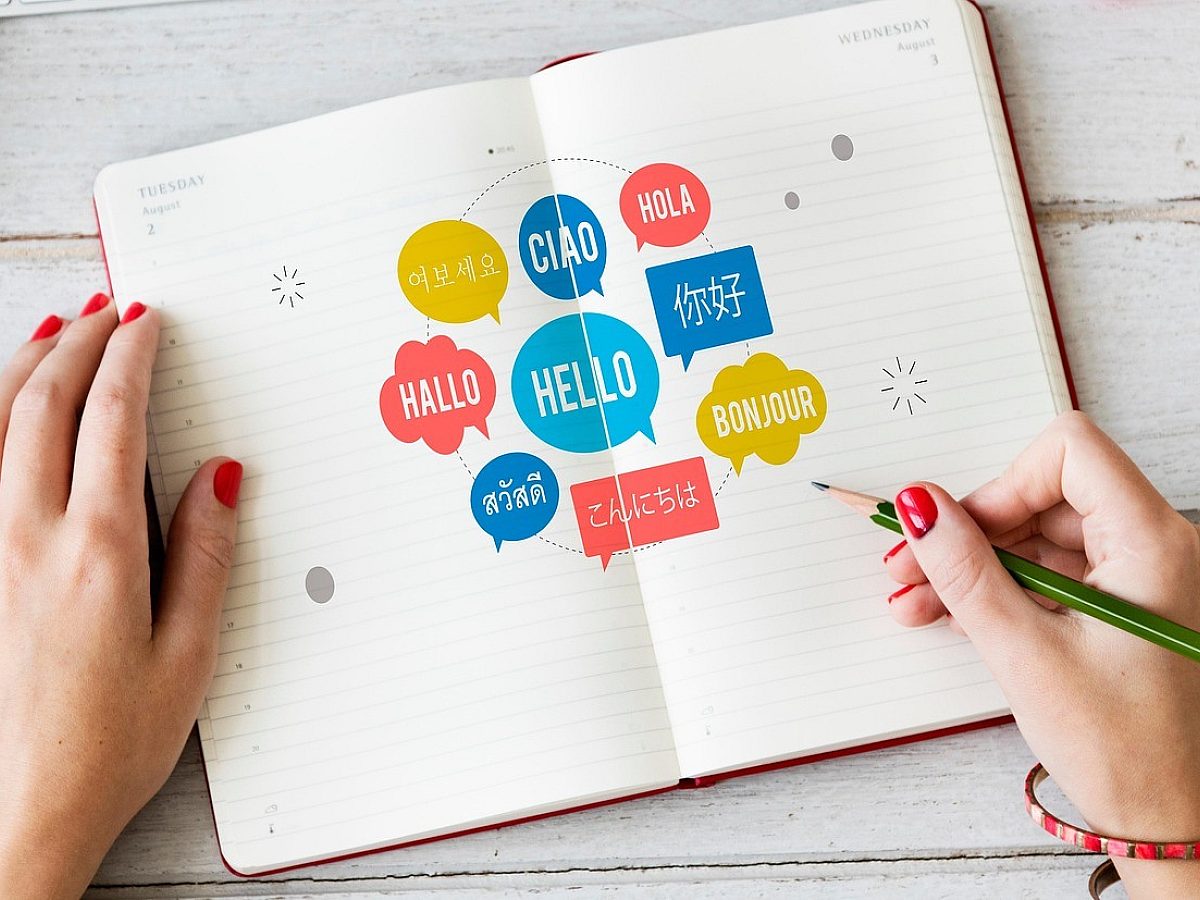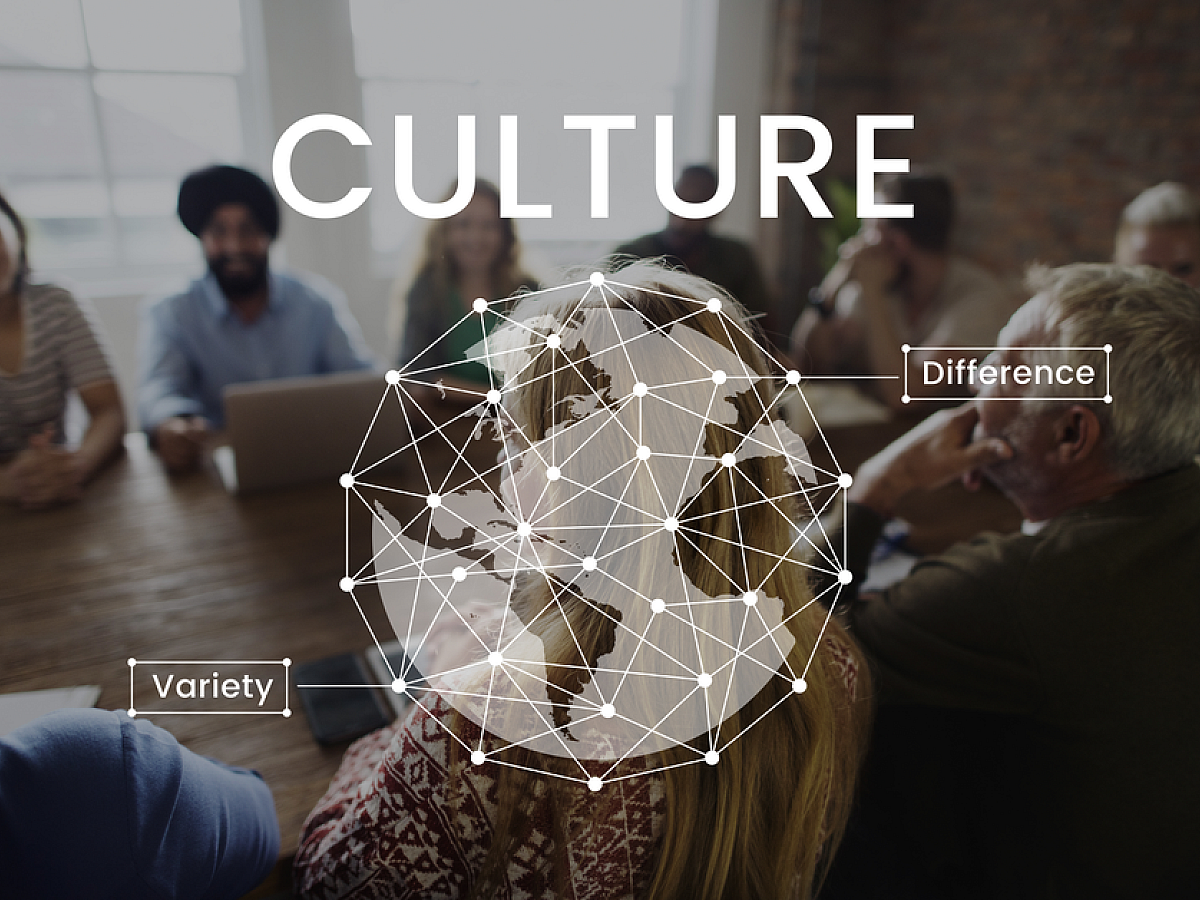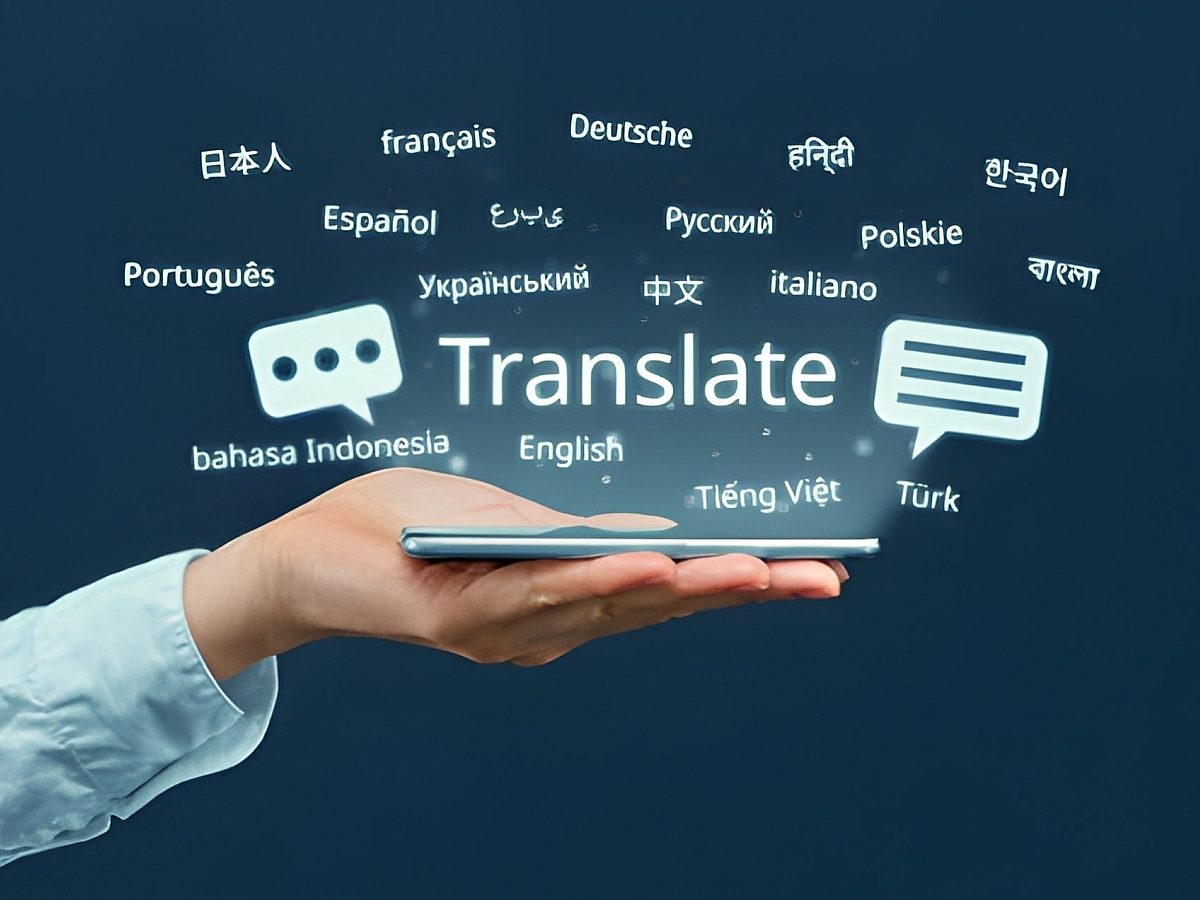If your business operates in multiple non-English speaking markets, you know that translation is more complex than sending a message. You need to maintain consistency of brand voice, key industry terms, regulatory language and more—within and across languages.
That’s why translation memory (TM) is so valuable.
Translation memory is a tool that stores previously translated content in a database so it can be reused later. When used effectively, it helps brands maintain consistency, cut translation costs and speed up localization.
For example, imagine your company regularly translates legal disclaimers. Without TM, you’d be paying to translate the same phrases again and again. Plus, there’s no guarantee that those phrases will be translated the same way each time. Even small differences in word choice can alter the tone or meaning, especially in marketing copy, where nuance matters.
With TM, those recurring segments are saved and automatically suggested, so translators can approve them instantly or make minor adjustments. That saves you time and money while keeping your brand intact.
But is translation memory right for your business? How does it work, exactly?
At Wolfestone Group, we developed our own secure proprietary TM software for our business clients. Below, our translation memory specialists explain what TM is, why it matters and how brands can use it to scale more effectively.
What Is Translation Memory?
Translation memory is a type of database used in professional translation. It stores pairs of words or phrases for repeated use.
It remembers one part in the original language and one in the translated language.
When a saved phrase comes up during a translation, the software offers its pair as an autofill option for the translator.
Here’s how it works:
- A translator begins work on a new document.
- The TM automatically scans the document, checking for any segments that have been translated before.
- If there’s a match (called a “100% match”) or a close match (called a “fuzzy match”), the system suggests the saved translation.
- The translator can accept, modify, or reject the suggestion.
TM is a reference tool used by professional linguists. It helps them work faster and more consistently by not repeating work that’s already been done.
For businesses, it’s a necessity for cost savings and the timely delivery of translated materials.
Agile businesses must translate and publish content quickly. This is especially critical for social media and marketing translations.
With TM, businesses benefit from the speed of a machine without sacrificing the quality of full human translations.
Is Translation Memory the Same as Machine Translation?
No, translation memory is not the same as machine translation (MT). TM is a database that stores previous translations and uses its memory to assist human translators. Think of it like Google’s autocomplete when writing an email.
Translations that utilize TM are 100% human, because a human translator must approve every segment.
Machine translation is when software completes the translation with no human help. Machine translation is rapid, but it’s prone to errors and lacks nuance. It’s not recommended for customer-facing content, but it can be useful for internal documents and low-risk translations.
Machine translation with post-editing is another option, where a human post-editor/reviewer will proofread and edit machine-translated content.
How Translation Memory Benefits Businesses
Translation memory might not sound flashy, but it’s been in use in the language services industry for many years. It is considered an industry standard, and every reputable translation agency uses it.
Let’s explore its biggest benefits for businesses.
It Saves Big Money
Every brand has standard content, such as disclaimers, legal copy, product features, customer service phrases, CTAs, etc. If you translate this content over and over again, you’re wasting money. And not a little bit of money, either.
At Wolfestone Group, we’ve found that memorized segments can make up to 50% or more of some documents. Over time, that can save your company thousands.
It’s also important to remember that your TM grows with every translation. Over time, and with proper management, it turns into a massive database of translated material. This means faster turnaround and fewer billable hours for each new project.
Faster Time to Market
Launching in a new market or updating customer-facing content across regions?
With TM, translators don’t have to start from zero every time. They can move quickly through documents, especially if much of the content has already been translated in a previous project.
TM also helps linguists stay focused on only the new or changed content.
This reduces turnaround times for websites, product updates, email campaigns and more.
Your localized content gets to market faster, so you can move ahead of competitors and stay agile.
Consistency Across Markets
Consistency is one of the hardest things to maintain when translating content across multiple regions, especially if you’re working with different teams or freelancers.
A single phrase translated differently in two documents can dilute your brand or lead to regulatory troubles.
TM keeps terminology and phrasing consistent. If your product name or tagline was translated one way before, it will appear that way again.
This is critical for:
- Legal compliance (e.g., medical devices, financial services)
- Brand identity (e.g., tone of voice, slogans)
- UX and customer experience (e.g., manuals, instructions)
TM also ensures alignment across channels, including websites, email, user manuals, or packaging. Your message stays intact, no matter the language or format.
Built for Global Scalability
The volume and complexity of your translated content will increase as you scale into new regions. If you’re not using TM, each new project becomes more costly and chaotic.
TM helps you scale smarter. It reduces costs for every market you add and helps new projects move faster because you’re reusing more content.
For example, a software company expanding into five new markets would need five translations of its user manual. Each version of the manual likely contains 80% identical content, with only minor regional differences. With TM, that 80% is reused instantly, and only 20% needs new translation. This cuts costs and delivery times while keeping the language consistent across markets.
For US-based companies expanding into Europe, Asia, or Latin America, TM supports a centralized content strategy while allowing for regional flexibility.
Translation Memory Management is Key
Translation memory is only effective if you use it properly. It is a dynamic tool that’s constantly growing and evolving, so it requires regular monitoring.
Sometimes, memorized translations need to be updated or edited to remain accurate.
For example, if your company achieves an updated certification, you don’t want your TM suggesting your previous or outdated certification to translators.
If your TM is poorly maintained or used by inexperienced freelancers, it can actually cause confusion and lower translation quality.
That’s why TM should be managed by professionals who understand your brand, your goals and your market.
At Wolfestone Group, we maintain and optimize translation memories for our clients as part of a larger localization strategy. Our experts ensure your TM stays up-to-date and aligned with your messaging.
Partner with Wolfestone Group for Secure Translation Memory
Trust your translation memory to the language services experts at Wolfestone Group.
We use industry-leading TM software to ensure your translations are consistent and accurate. Our team works closely with your brand to actively manage your TM, keeping it clean and up-to-date.
Our TM is built to help you scale in 220+ language pairs, and our strict data security protocols (ISO-27001 certified) keep your memorized translations secure.
But TM is just one part of the picture.
At Wolfestone Group, we combine translation memory with other smart tools—like terminology databases, rigorous quality controls, AI-assisted translation workflows and much more. We aim to deliver faster, more accurate translation and localization services tailored to each document and region.
Contact Wolfestone Group today and discover how our expert-managed translation memory and full-service language solutions can power your international success.



